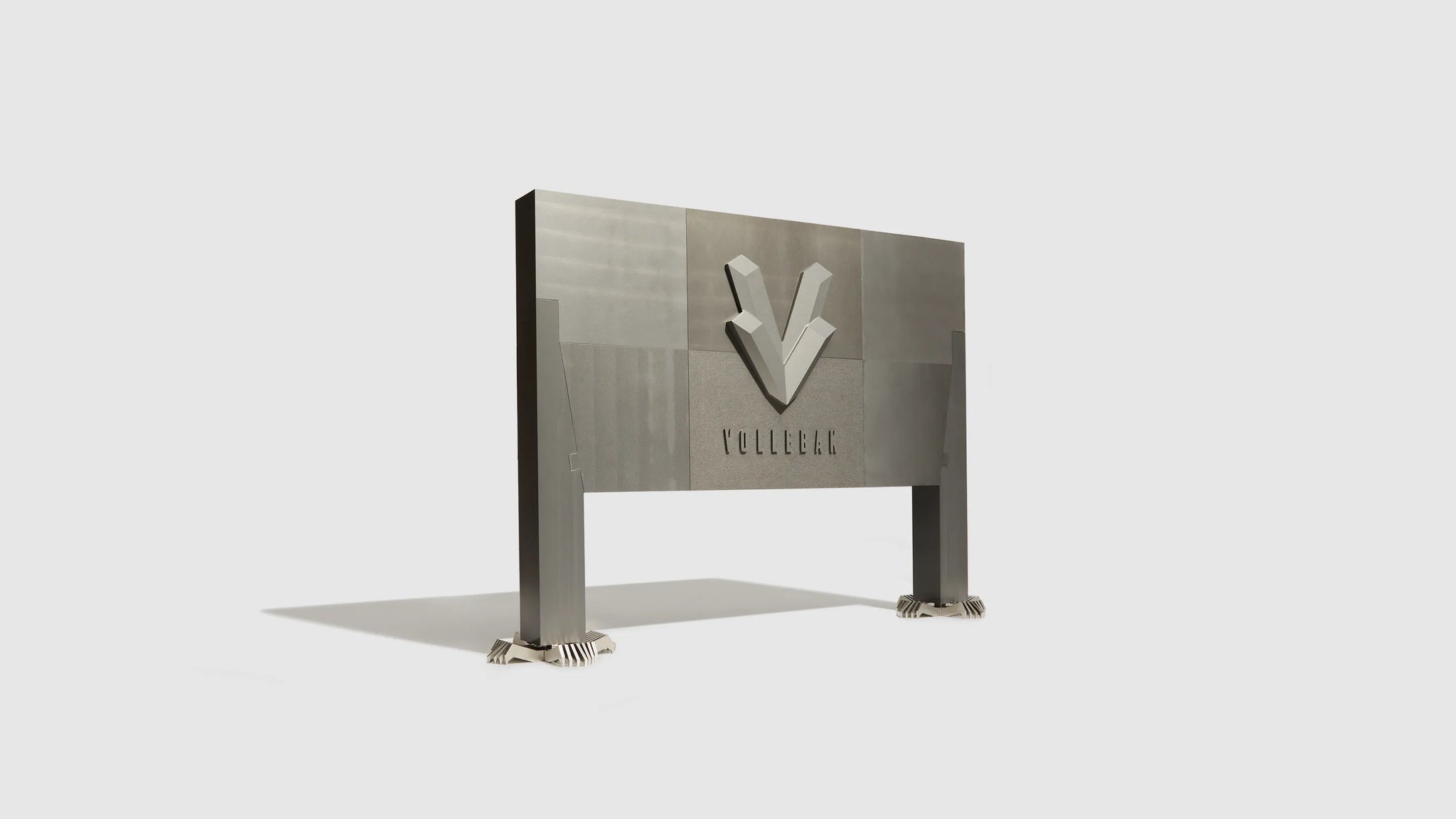




Built with corrosion resistant metal
The Mars Billboard is created with aluminium 6082T6, a corrosion resistant metal often used for high stress engineering applications on Earth, like bridges and cranes.






0 items
0
Your cart is empty
You haven't added any items yet





The Mars Billboard is created with aluminium 6082T6, a corrosion resistant metal often used for high stress engineering applications on Earth, like bridges and cranes.





